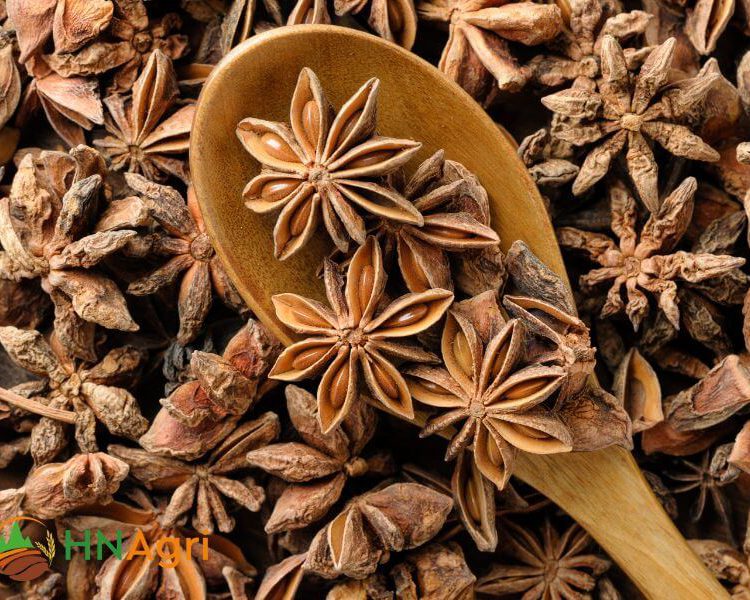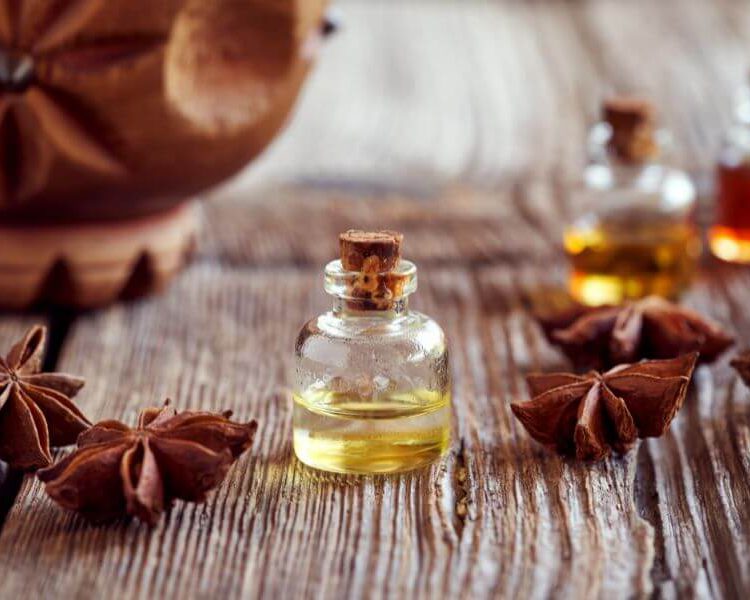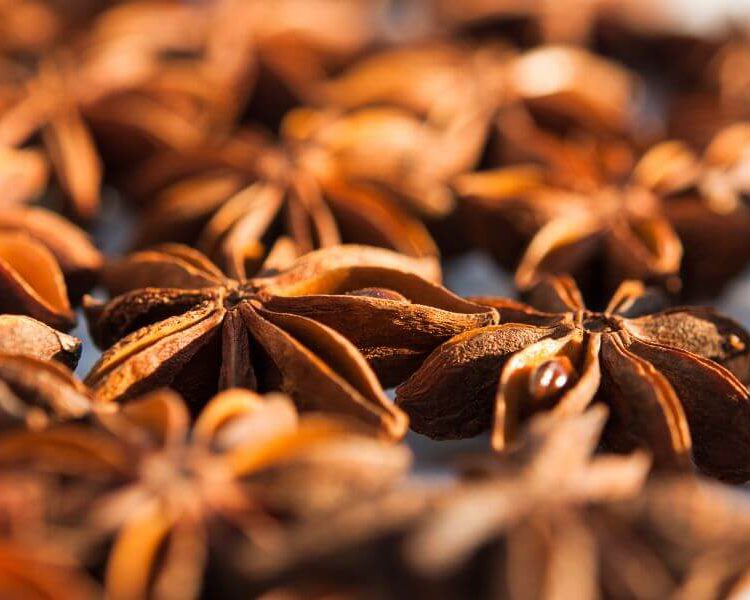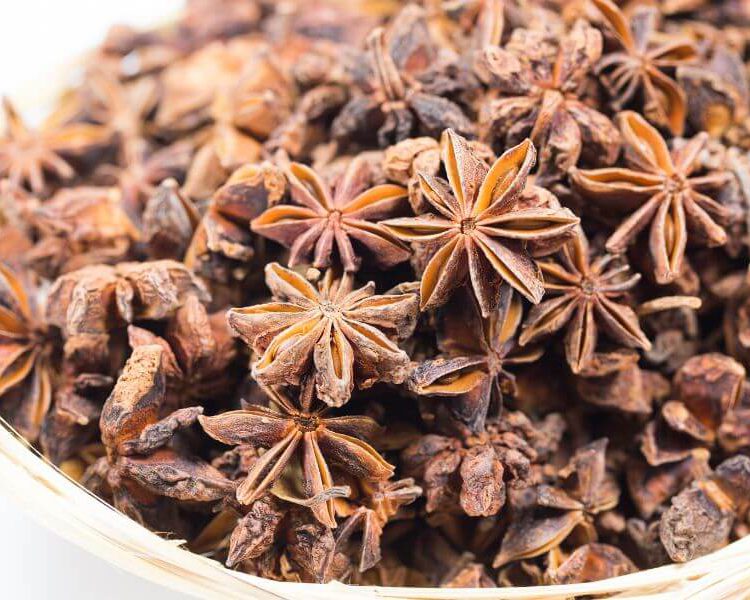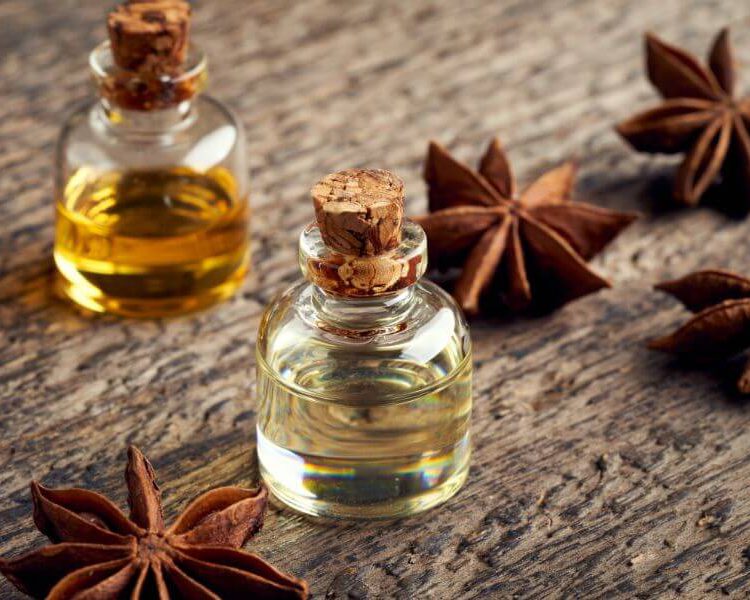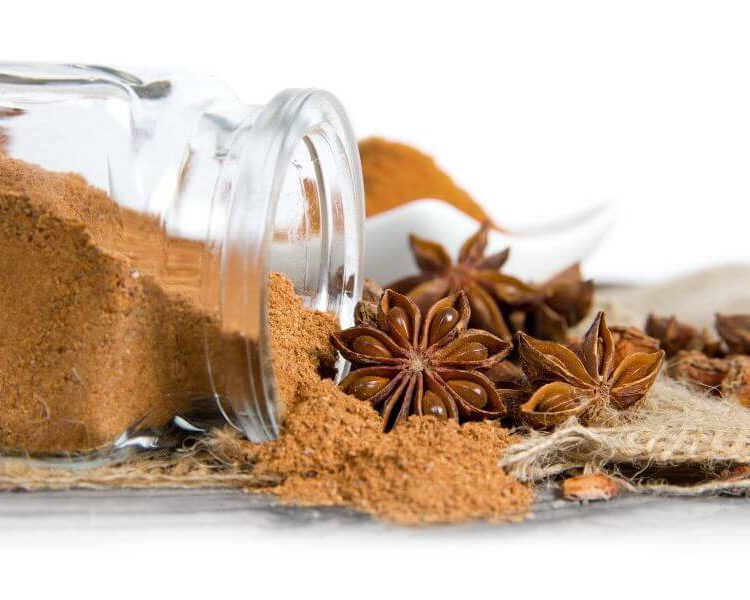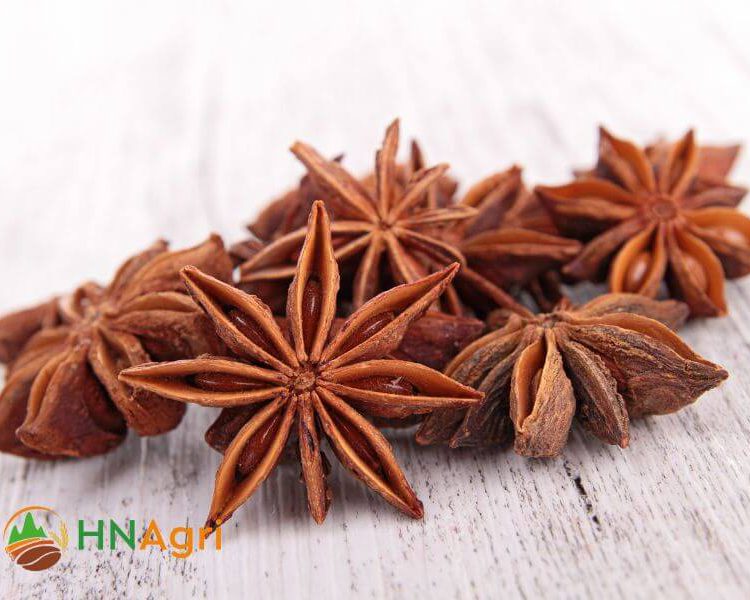| Name | Vietnamese raw star anise 13% VSA68 |
| Origin | Lang Son, Viet Nam |
| Moisture | 13% max |
| Admixture | 1% max |
| Types | Spring star anise and Autumn star anise |
| Process | No fungus, no mildew |
| Color | Natural color |
| Packing | In bag PP (net 20 - 30 kgs) or in carton (net 10kgs) |
| Container capacity | 8.5 MT/20FT; 18MT/40HQ |
Explore the exceptional quality of Vietnamese raw star anise 13% VSA68. Perfect for wholesalers, this product offers premium aromatic properties for a variety of culinary and commercial applications. Discover the finest raw star anise from Vietnam for your wholesale needs.
General information about Vietnamese raw star anise
Star anise is a type of dried fruit that comes from the star-shaped pods of the star anise tree. It has a distinct licorice-like flavor and aroma and is often used in cooking to add depth and complexity to dishes. It’s an essential ingredient in dishes like pho, a Vietnamese noodle soup, where it contributes to the broth’s aromatic qualities.
The unique characteristics of Vietnamese raw star anise
Vietnamese raw star anise (Illicium verum) is a spice known for its distinct flavor and aroma. It is commonly used in Vietnamese cuisine and various other dishes around the world. Here are some of the unique characteristics of Vietnamese raw star anise:
- Flavor and Aroma: Vietnamese raw star anise has a strong and distinctive licorice-like flavor with sweet and slightly spicy undertones. It also emits a highly aromatic scent that is both fragrant and intense.
- Star-Shaped Appearance: One of the most recognizable characteristics of star anise is its star-shaped appearance. The fruit consists of several pointed, dark-brown pods arranged in a star pattern around a central seed.
- Medicinal and Culinary Uses: Star anise is used both for its culinary and medicinal properties. In Vietnamese cuisine, it’s a key ingredient in various soups, stews, and braised dishes, adding depth and complexity to the flavors. It’s also used in spice blends like Chinese five-spice powder. Medicinally, it has been used traditionally for its potential digestive and anti-inflammatory properties.
- Culinary Applications: Vietnamese raw star anise is often added whole or ground to dishes. It’s commonly used in pho (Vietnamese noodle soup), where its warm and fragrant notes complement the broth. It’s also used in marinades, sauces, and desserts.
- Production and Harvesting: Star anise is the fruit of an evergreen tree native to China and Vietnam. The fruit is harvested before it fully ripens and is then dried, which intensifies its flavor and aroma. The harvesting process involves picking the star-shaped fruits from the tree and then allowing them to dry in the sun.
- Cautions: While star anise has many culinary and potential medicinal uses, there is a plant called Japanese star anise (Illicium anisatum) that looks similar but is toxic and should not be consumed. However, true star anise (Illicium verum) from Vietnam and China is safe for consumption when used in moderation.
- Cultural Significance: Star anise has cultural significance in various countries. In Vietnam, it’s often associated with festive dishes and celebrations. In some cultures, star anise is also used as a symbol of luck and protection.
When using Vietnamese raw star anise in cooking, it’s important to remember that its flavor is strong and can easily dominate a dish if not used in moderation. Its unique taste and aroma can add a delightful complexity to both savory and sweet recipes.

Why Vietnamese raw star anise popular in the foreign market
Vietnamese raw star anise is popular in the foreign market for several reasons:
- Distinct Flavor and Aroma: The strong and unique flavor profile of Vietnamese raw star anise, with its licorice-like sweetness and spiciness, adds a distinctive taste to dishes. This uniqueness appeals to chefs and home cooks looking to experiment with different flavors and create authentic international cuisines.
- Culinary Versatility: Vietnamese raw star anise is a versatile spice that can be used in both savory and sweet dishes. Its presence in various cuisines like Vietnamese, Chinese, Indian, and Middle Eastern broadens its appeal and utility in global cooking.
- Health and Medicinal Benefits: The potential medicinal properties of star anise, including its traditional use for digestion and anti-inflammatory purposes, contribute to its popularity. Health-conscious consumers seek out spices that offer both flavor and potential health benefits.
- Natural and Authentic Flavors: As there is a trend toward using natural and authentic ingredients in cooking, Vietnamese raw star anise fits well into this demand. Consumers are increasingly looking for non-processed and traditional flavors, and star anise aligns with these preferences.
- Use in Beverages and Desserts: Apart from its use in savory dishes, star anise is also gaining popularity in beverages like teas, cocktails, and mulled wines due to its aromatic qualities. It’s also incorporated into desserts, adding complexity to sweets like cookies, cakes, and custards.
- Exploration of New Flavors: Adventurous food enthusiasts and chefs are always on the lookout for unique flavors to experiment with. Vietnamese raw star anise offers a novel taste experience that appeals to those seeking to explore and innovate in their culinary creations.
- Cultural Interest and Awareness: Increased cultural exchange and global awareness have led to a greater interest in understanding and appreciating different cuisines and ingredients. Vietnamese raw star anise, as a staple in Vietnamese cooking, reflects this cultural curiosity.
Overall, the combination of its unique flavor, culinary versatility, cultural appeal, and potential health benefits has contributed to the popularity of Vietnamese raw star anise in foreign markets.

The uses of Vietnamese raw star anise 13% VSA68
Certainly, Vietnamese raw star anise is a versatile spice with various culinary and non-culinary uses. Here are some common uses of Vietnamese raw star anise:
Vietnamese raw star anise 13% VSA68 is commonly used for the following purposes:
- Culinary: It is used as a spice in cooking because it has a sweet, aromatic flavor reminiscent of licorice. It’s commonly used in traditional Vietnamese cuisine in soups and stews, and it’s a key ingredient in Phở, a famous Vietnamese noodle soup.
- Medicinal: Star anise has been used in traditional medicine for centuries because it contains shikimic acid, a compound used to produce the antiviral drug Oseltamivir (Tamiflu). It’s also reputed to have antimicrobial properties.
- Beverage: It’s often used in making tea or infused in beverages due to its sweet, comforting aroma.
- Aromatherapy: The unique, aromatic smell of star anise makes it a popular addition to essential oils used in aromatherapy, potpourri, or perfuming rooms.
- Liquor Production: It’s used in the production of certain types of liquor, like anisette and absinthe, to provide flavor.
Prices of Vietnamese raw star anise 13% VSA68 of Hoan Nghia Agri Co.
Prices for commodities like star anise can vary depending on factors such as supply, demand, weather conditions, and global market trends. To get the most accurate and up-to-date information on the prices of Vietnamese raw star anise 13% VSA68 from Hoan Nghia Agri Co., contact them through WhatsApp (+84 961 504 190).

